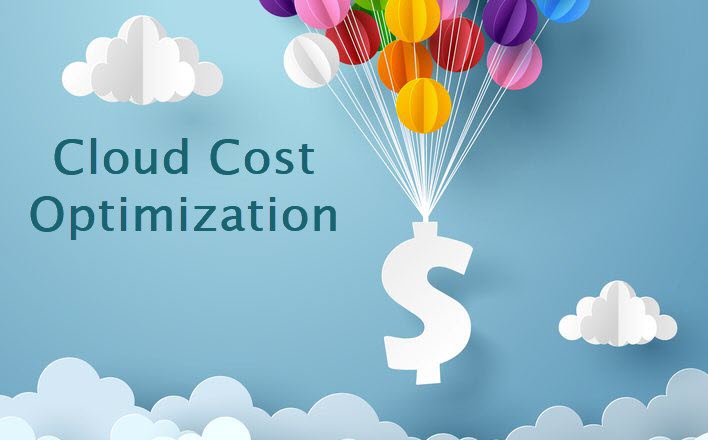
Organizations that are new to cloud computing or already working on it for a while generally face financial issues. Sometimes for organizations, it is difficult to understand what’s exactly going wrong and where all the money is spent. It’s not that cloud infrastructure is costlier than on-premises infrastructure, it can be due to a lack of knowledge on cloud optimization.
But, don’t worry!
Nearly 73 % of the businesses that opted for cloud technology often go through the same phase. And, all their worries are gone once they implement the right cloud optimization technique.
This article will cover what is cloud optimization, why it’s important to implement, and what is the technique to implement it without disrupting your work.
What is Cloud Optimization?
Cloud optimization is a technique for choosing the right resources and eliminating waste, mismanaged resources for higher discounts. Major organizations achieve cloud cost optimization by lowering costs and right-sizing resources. This technique can help businesses in the long run to attain cloud scalability.
The definition of cloud optimization can differ from organization to organization. For example, In DevOps, it refers to the process of identifying the best technique for allocating resources according to different use cases. The end goal is to eliminate waste, unused resources and increase performance at the same time.
Why Organization Requires Cloud Optimization?
Before implementing cloud optimization techniques is important to understand its importance and analyze how it can benefit your business growth. This will determine whether opting for cloud-based infrastructure pays off in the long run or not?.
Optimization is quite useful for organizations that require better cloud benefits and boost their sales and productivity. Apart from that following are key benefits of it for your business:
1. Better Investment Approach
It’s been estimated that around 45% of the total cloud expenditure is invested in unused and over-provisioned infrastructure. This add-up amount is a lot of money that can be well invested elsewhere.
Proper optimization of cloud infrastructure can save you upto 60%. This gives you more budget to invest in other important and pending projects.
2. Increases Visibility
The right cloud optimization approach offers better visibility of your infrastructure. It helps you to determine what resources are being correctly in use, what isn’t, and how you get a better return on your investments. By achieving better visibility, you can better organize your expenses as business demands.
3. Enhance Engineer’s Productivity
Better cost-effective infrastructure helps the IT engineers productivity as they can focus more on new projects to scale your business. It means organizations can use their team’s time and focus on more productive jobs and generate more output.
How to Achieve Cloud Cost Optimization?
There are multiple factors that might be affecting your infrastructure’s cost, and depending on that they are different practices for optimization, such as:
1. Looking For Idle Resources
The best way to optimize your infrastructure is by looking for unused and idle resources. Most IT Admin purchases some temporary server and forgets to discontinue the service and pay on a monthly cycle (auto-deduction). Another common case is when IT Admin forgets to withdraw storage assigned to some instance that they have already terminated.
All these results in deduction on the monthly basis and the company continues to pay thinking that it might be important for their business. The best cost-cutting strategies start with identifying and removing such resources and then moving to other practices.
2. Scalable Workload Designing
The critical aspect of cloud cost optimization is scalability. It helps the organization to better optimize the resources according to the requirement. Using this Admin can easily assign resources to the instance and release them when work is finished.
3. Single Cloud Vs Multi-Cloud
Constructing your cloud-based infrastructure with a multi-cloud solution can cost you more as compared to a single cloud. So to avoid vendor lock-in, organizations can take maximum resources from a single vendor as possible. This can be a major factor in increasing the availability and uptime of resources.
Thinks to Remember
Cloud optimization is not a one-time job, it’s the duty of IT admin to estimate their expenses on cloud resources. Never optimize once and forget about it, it should be contiguous not a one-time job. Better optimization will offer more budge that you can utilize on newer projects and on business as it demands.